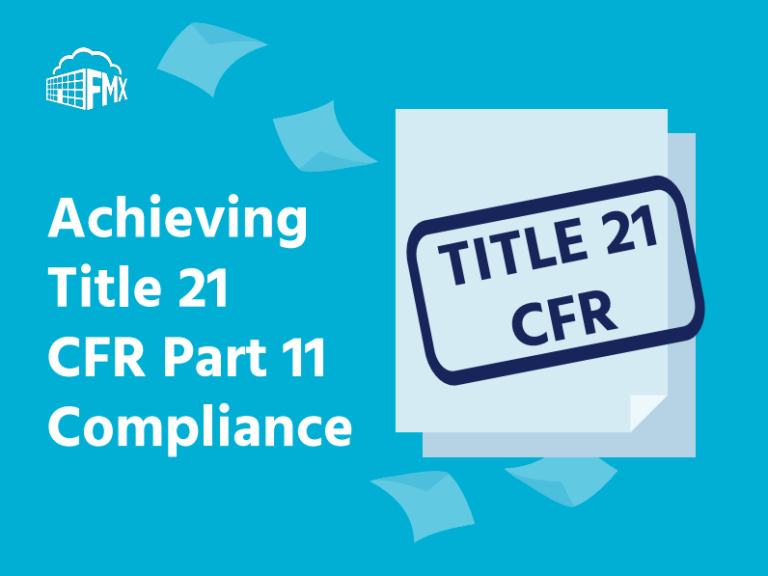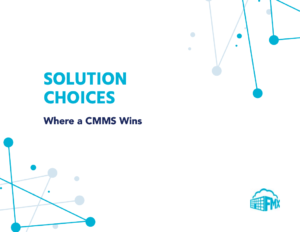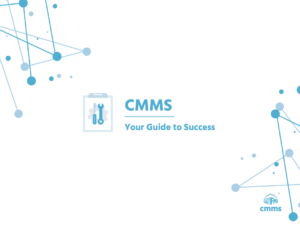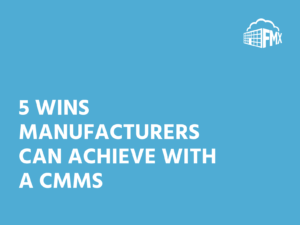Any industry regulated by the US Food & Drug Administration (FDA)—including food, pharmaceutical, medical device manufacturers, cosmetics, and other life science organizations—must adhere to more robust compliance standards and security than other industries. Title 21 CFR is the policy that regulates these FDA-regulated organizations. A company’s record retention and the products FDA-regulated industries manufacture are constantly under scrutiny for risk assessment and regulatory compliance. Many organizations have questions about compliance for audits, authority checks, and Title 21 CFR validation.
What is Title 21 CFR Part 11 compliance?
CFR stands for “Code of Federal Regulations” and is a standard of the FDA that regulates the manufacturing practices of pharmaceutical companies, medical device companies, food and drug companies, and more. Part 11 of this regulation defines the criteria for which electronic records and other electronic signatures are considered trustworthy, reliable, and equivalent to paper records.
Many organizations are curious if a computerized maintenance management system (CMMS) is compliant with these standards. While a CMMS solution cannot be compliant in and of itself, it can help your organization’s processes be compliant with any Title 21 CFR requirements.
Exploring Title 21 CFR Part 11: a history
The early 1990s was a time of expanded computer system use and adoption. During this time, the legacy systems that have streamlined today’s work and business processes were first brought online. Since this technology was new, the FDA maintained the regulation and requirement of paper records and original pen and ink signatures which, over time, began to defeat the purpose of bringing electronic efficiency to the life science industry.
Not wanting to suffer the effects of a digital divide or miss meeting validation and compliance criteria, the industry asked the FDA for guidance on the use of electronic records and digital signatures. Could compliance be achieved and data integrity accepted from this new way of conducting business? Was a new mandate that embraced the technology possible?
After a few years of task forces, workgroups, and debate, the FDA published a new rule in 1997 that finalized their thoughts on record retention, audit trails, and the electronic format, and title 21 CFR Part 11 was released. Initially, it caused confusion as its scope was not broad enough—the regulation guidelines were hard to understand and implement, and there was extreme enforcement discretion. Title 21 CFR Part 11 went through many revisions in the 2000s until regulation standards caught up with the technology.
In 2016, the FDA drafted its guidance on Data Integrity and Compliance with cGMP Guidance, which became its definitive version of the title for the life science industry. The last step finally made electronic records and signatures an accepted record-keeping resource and fully regulated part of the 21st-century work scape. The regulations have allowed FDA-regulated companies to cut costs by reducing human error.
How can an organization achieve Title 21 CFR Part 11 compliance with a CMMS?
To successfully achieve compliance with Title 21 CFR Part 11, an organization must meet the following requirements:
- A computer system must have validation to ensure accuracy, reliability, and consistent desired performance
- A computer system must have search functionality that allows documentation or a document to be found quickly and easily
- All documentation must be time-stamped so that an accurate audit trail is generated for you and inspectors
- Each user should have a unique login and password for each system
- Users must be able to apply a ‘wet’ or digital signature to required documents
- Everyone must have proper training on the systems in place so they can properly execute their tasks and projects
A CMMS can provide the tools to help organizations achieve each requirement above. However, it’s important to note that a CMMS cannot be 21 CFR Part 11 compliant on its own simply because compliance is related to how an organization utilizes the CMMS. The CMMS is one part of the whole Title 21 CFR Part 11 system (such as CMMS’s reporting features) and not the system itself.
How FMX helps organizations meet 21 CFR Part 11 requirements
FMX is proud to support FDA regulated industries, including pharmaceutical companies, and enables organizations to achieve compliance with the following:
Maintenance tracking: Users can track work orders from submission to completion, and filter and search all tasks to easily find the ones applicable to them. In addition, FMX allows digital signature and electronic form field selection on necessary work orders and puts a time stamp on all tasks for easy tracking and record retention.
Role based access: By setting up role-based access in FMX, you can establish what each user can see and change. This ensures essential information remains confidential and holds its data integrity by staying uncorrupted.
Single sign on: Each user can login to FMX with the unique username and password set for your organization’s other systems for easy access
Equipment and inventory logs: FMX keeps a complete log of work performed on all equipment and inventory. This record-keeping makes it easy for you, inspectors, auditors, and organizations to ensure facility equipment receives the maintenance it may need and provides the desired outcomes.
Extensive training: FMX provides training to all staff that will be using the software, and staff that will be hired in the future.
Final thoughts on Title 21 CFR Part 11 compliance
While FMX (and other CMMSs) is not Title 21 CFR Part 11 compliant, a CMMS is a good manufacturing practice and one of the best systems a maintenance team can put in place to provide the tools needed to achieve compliance. FMX can help meet any Title 21 CFR Part 11 requirement for medical device manufacturers and FDA-regulated companies.
Read and download the complete FDA Compliance Title 21 CFR Part 11 guidance document



